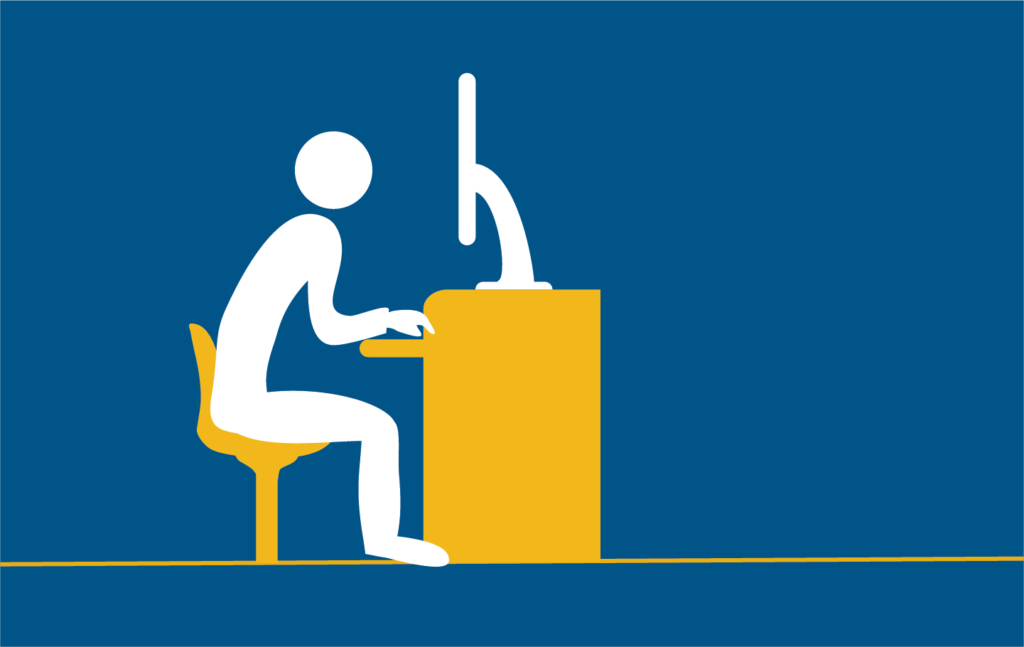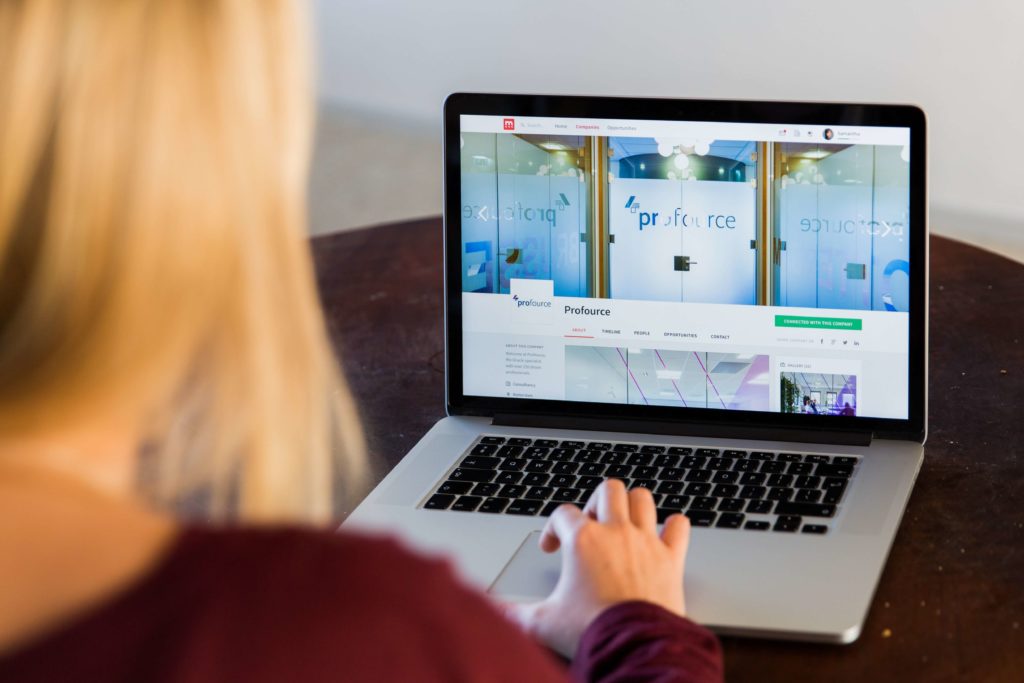Where we’ve been
Every year, the LGIS Board of Directors head out to one of our regional members, to see firsthand the excellent services and facilities local governments provide to their communities.

Injury Prevention Consultant
Dane's role is to provide manual risk training and ergonomic assessments and advice to LGIS members as part of the Health and Wellbeing Programme. Dane is a member of the Human Factors and Ergonomics Society of Australia (HFSEA), with over ten years' experience working as an injury prevention consultant throughout Australia in a large variety of industrial settings (mining, logistics, offshore supply vessels). In addition he is our lead consultant in the assessment of manual tasks for the purpose of creating job profiles and ultimately job dictionaries.

Ergonomic furniture can minimise the risk of suffering musculoskeletal disorders and costly workers’ compensations payouts, as it allows workers to sit or stand in the most comfortable position for them. Adjustability is key.
A common complaint we’re seeing from local government employees is that built in furniture isn’t designed with the user in mind (and in many cases does not meet the AS/NZS 4442:2018 ergonomic standards).
Libraries, aquatic centres, and reception desks are often the worst offenders for awkward bench heights, bad fit outs, and unsuitable furniture.
Every year, the LGIS Board of Directors head out to one of our regional members, to see firsthand the excellent services and facilities local governments provide to their communities.
Installing the wrong furniture in the workplace can be a real pain the neck – or even the back or the shoulders.
The past year has thrown up many challenges, at home and internationally. Extreme weather events, bushfires, a global pandemic, just to name a few.
Five of the most common issues we’re seeing within these areas include:
The aforementioned problems can cause back, shoulder and neck pain.
When picking out furniture, adjustable desks and chairs are ideal as they accommodate a range of users. Consideration should be given to the person performing the task and the requirements of people with additional needs. In some cases, this might involve purchasing or customising special equipment, usually as a result of an ergonomic review.
It is more important to consider the furniture’s compliance with Australian standards over cost.
To prevent these issues becoming expensive injury claims, ergonomics should be incorporated right from the start when considering building fit outs.
Along with the above, other important things to keep in mind are:
When building workstations a lack of consultation with staff is common.
Consulting employees about how they move through tasks during the workday can solve a myriad of ergonomic problems later.
The LGIS injury prevention team can also conduct site visits to assess workstations, and make adjustments and recommendations to ensure the area and furniture is appropriate.
For more information, please contact the LGIS injury prevention team on 9483 8888.

Many WA local governments have waterways within their area, and must work together with other entities – such as the Department of Water, landowners, and state government agencies – to keep these waterways, and the people who visit them, safe.

When hiring a new staff member it is important to ensure they are able to perform the inherent
requirements of the role and have the required skills, qualifications (applicable to the level of the role) and knowledge to perform the role they are employed to do.

Psychological injury claims are expected to increase in 2021 with the ongoing stress of living through a pandemic.
LGIS is the unifying name for the dedicated suite of risk financing and management services for WA local governments, established by the WA Local Government Association in conjunction with JLT Public Sector (part of the Marsh group of companies). LGIS is managed by JLT Public Sector (ABN 69 009 098 864 AFS Licence 226827).
Risk Matters, via this website, is designed to keep members, their staff and elected members informed on topical risk management and insurance issues and LGIS programs and services.